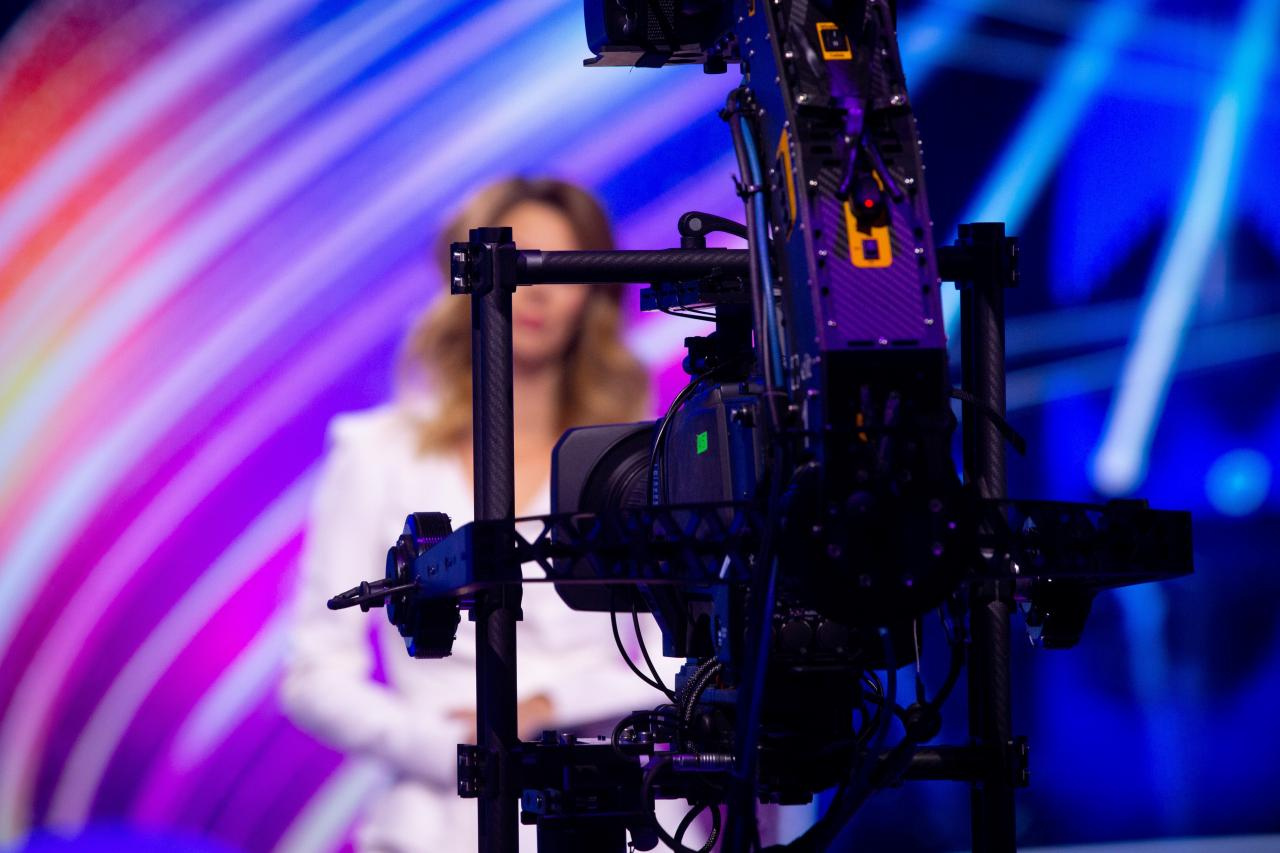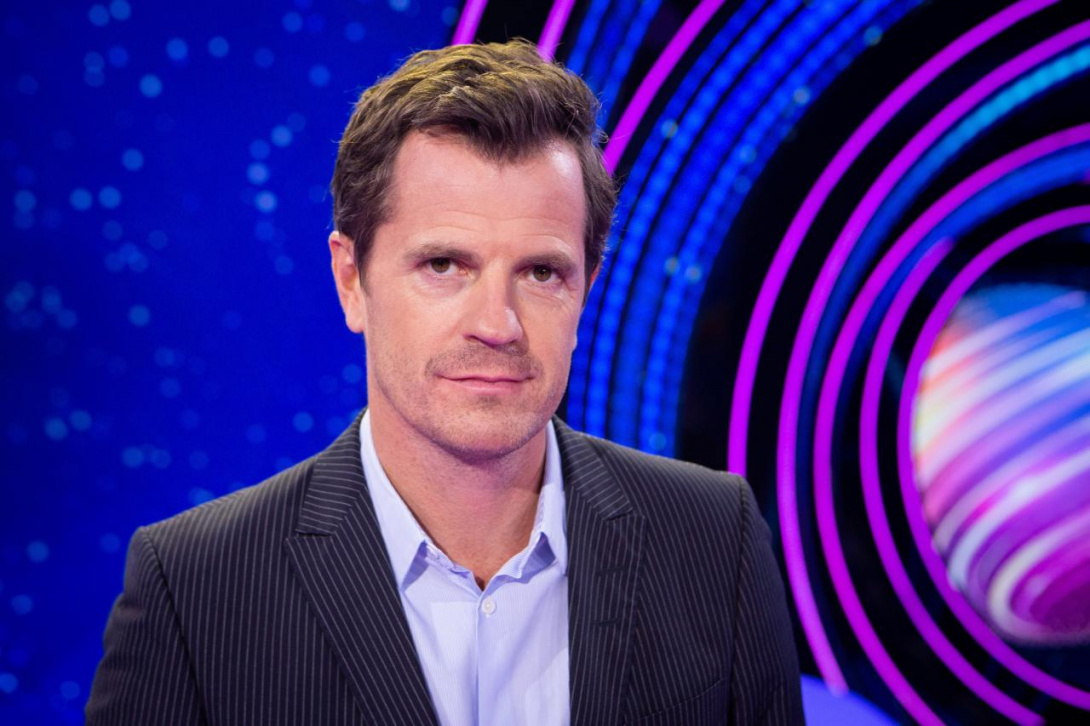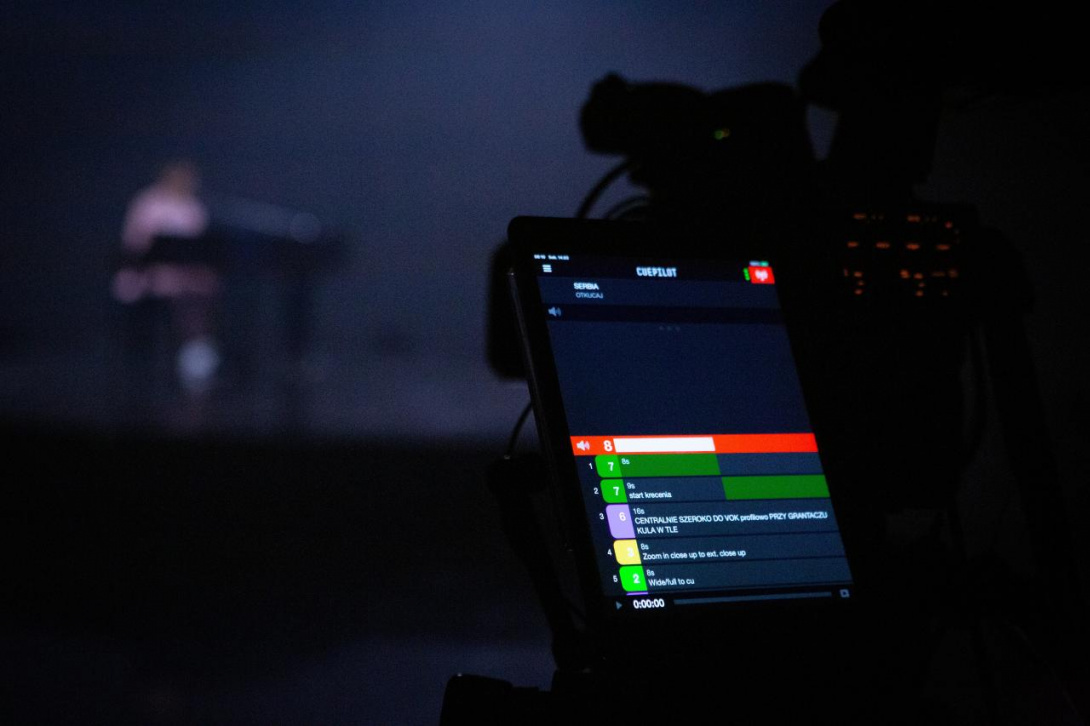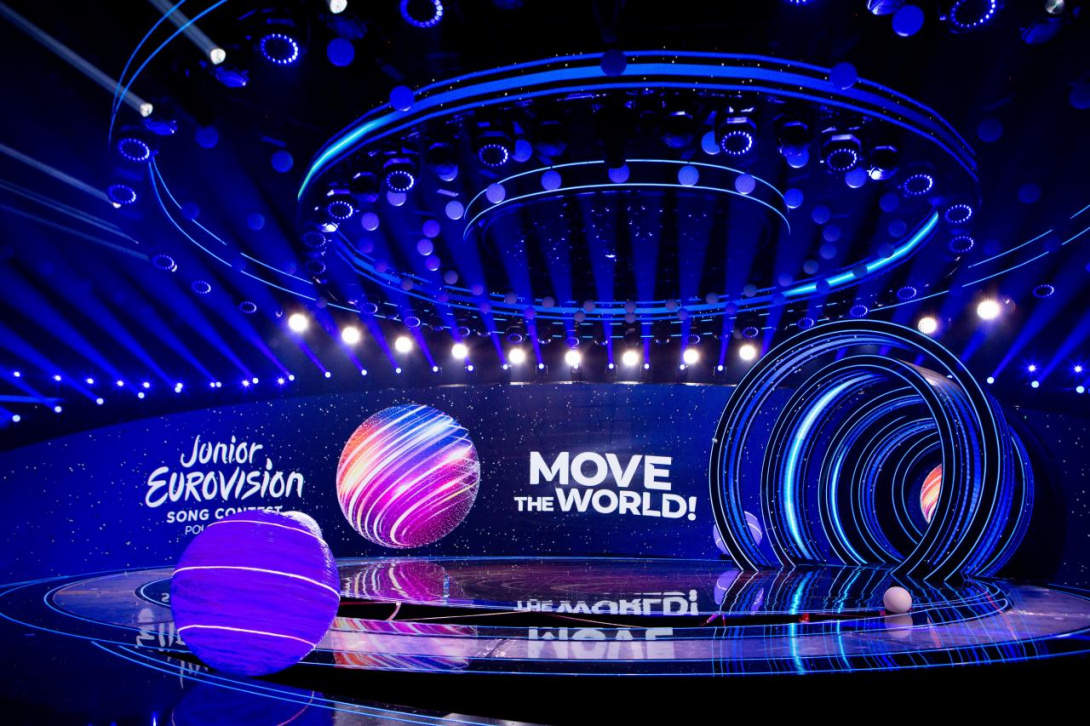
How to create a remote show in 2020
29 November 2020 at 09:30 CETDespite all the challenges they faced, the Junior Eurovision 2020 team have banded together to create a truly remarkable event. In contrast to previous Contests, this year's show was mainly created remotely! It required a lot of coordination, teamwork and working overtime.
"More efforts were done. Some double - even triple the amount we usually do," said Martin Österdahl, who is the Executive Supervisor of the event this year. Flexibility, a positive atmosphere, and a solutions-focused attitude were what also pulled the team through such a challenging time. "I’m impressed by the flexibility and the efforts put in by the participating broadcasters and the Host Broadcaster" he said.

In the end, all of these challenges presented new opportunities, according to Martin. The changes that had to be made due to the coronavirus restrictions forced the team to really innovate and as a result, the 12 participants will be able to "show us that they can keep their dream going no matter what!"
The great Eurovision spirit was what also kept the dream alive and was an important part of the creation process. Creative Director, Konrad Smuga made sure that this feeling would still be present despite the changed format. Keeping in touch with how Europe and the rest of the world were feeling was also necessary in order to represent the Contest and the audience in the best way possible. Staying up-to-date did not come without further challenges though, of course.
Due to the nature of the broadcast, the team had to create many new elements for the first time ever! Involving recorded performances and calls to each participating country for the first time in its history meant they'd have to involve a lot more technology. This posed many technological dangers too!

To tackle the situation, an amazing group of people were brought together to solve the technical issues they may face. "Actually, I think that the slogan of this year’s Contest should not be 'Move The World' but instead be called 'First Time'." Konrad joked.
The team thought of 5 or more different scenarios for this edition. Due to the uncertainty that came along with the pandemic, the team had to continually adapt. In September, they decided to approach Junior Eurovision 2020 in a completely new way.
"This year there will be something unique," said Executive Producer, Marta Piekarska. XR and AR technologies were utilised to create a new Junior Eurovision experience. "It was difficult, also to meet through online calls... I was calling at 10AM with Kazakhstan, 11AM with The Netherlands and at noon with Belarus. Each day for the last two months I felt like I was all around Europe," she said!
Of course, the main difference in this year's Contest is that there's no live audience. One of the major difficulties presented to the team was attempting to create an atmosphere that could evoke the same emotions in people watching it from home as it could from a live audience. While it may not have the exact same result, the team hope that the fans enjoy the visual experience and the wonderful performances of the 12 countries in what will be a truly unique and never-before-seen in Junior Eurovision history!

Even the team creating and producing the choreography in this year's production had to jump over many obstacles in order to provide the audience with a memorable show! Highly acclaimed choreographer, Agustin Egurrola said that "to gather such a large group of dancers in one place was challenging" and "a huge event production-wise."
Agustin also felt it was essential to represent how people were thinking and feeling during this time, whilst still conveying the powerful message of this year's theme, 'Move The World'. He wanted to emphasise that the world doesn’t only change due to major events but also through everyday work. Representing "the most important occupations such as a doctor or a teacher" who in his opinion are the "silent heroes who contribute to changing the world every day" was very important.
For his second time as a choreographer at the Junior Eurovision Song Contest, Agustin also wanted to make sure that the dancing would show "joy, passion, and energy." One of the most important components of creating those vibes was by meeting all the artists. That way he could ensure that their choreography would contribute to their performance, meet their expectations and help to "create something extraordinary" and at the same time "elevate the standard of the show" to even greater levels.
Just like Martin said, with great challenges come great opportunities. Although we all would have preferred a world without a pandemic, we have all come to realise the amazing capacity for people to come together to solve problems, innovate, and in the case of Junior Eurovision, Move The World with music!